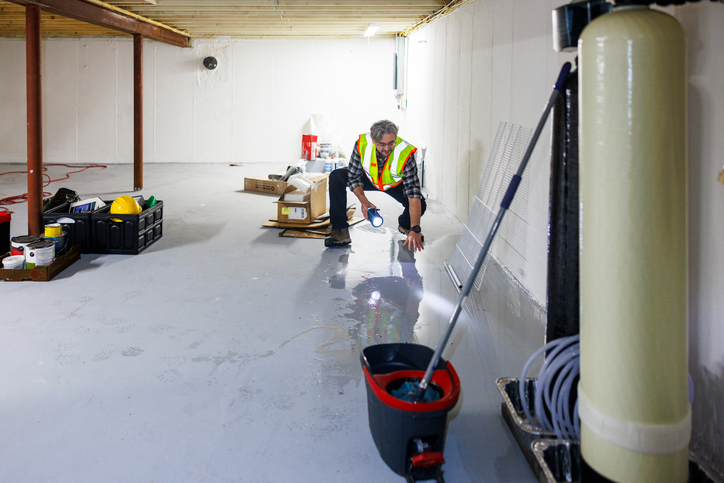Discovering that your home has been flooded is one of the most stressful situations a homeowner can face. Whether the damage is caused by a natural disaster or a burst pipe, the first 24 hours are critical. Taking the right steps immediately can help reduce the severity of the damage, prevent health risks, and set you on a faster path to recovery. Follow this essential guide to navigate the critical first day after water damage.
1. Safety First: Assess the Situation
Your safety should be the top priority. If it’s safe to do so, shut off the electricity at the main breaker to prevent electrical hazards. Do not enter any area where water is in contact with electrical outlets or appliances. Floodwater may contain sewage, chemicals, or other hazardous contaminants. If the situation appears dangerous, evacuate the property and contact emergency services or a professional water damage restoration company.
2. Document the Damage
Before beginning any cleanup, document everything. Take clear photos and videos of all affected areas, damaged furniture, and personal belongings. Make a detailed list including brand names, model numbers, and estimated values. This documentation will be essential for filing an insurance claim and ensuring you receive the proper reimbursement.
3. Contact Your Insurance Company
Notify your insurance provider as soon as possible. Many companies offer 24/7 claims support and can guide you on next steps. Ask about covered services, required documentation, and whether they recommend specific restoration professionals. Early reporting can speed up your claim and ensure you’re following policy guidelines.
4. Remove Water and Begin Drying
Standing water must be removed immediately to prevent further damage. Use pumps, wet/dry vacuums, or even buckets to extract water. Open windows, use fans, and set up dehumidifiers to help dry out the area. Mold can begin growing within 24 to 48 hours, so acting fast is crucial to avoid long-term issues.
5. Salvage and Protect Your Property
Start moving undamaged items to a dry area. Remove soaked rugs and carpets, and elevate furniture when possible to prevent additional water absorption. Evaluate which belongings can be salvaged and which need to be discarded. Items that remain wet for too long may harbor mold and pose health risks.
6. Clean and Disinfect
Floodwaters often carry bacteria and other contaminants. Clean and disinfect all surfaces, especially in kitchens and children’s play areas. A bleach-and-water solution can be effective for many surfaces. Be thorough to prevent lingering bacteria or odors that could create ongoing health concerns.
7. Begin Restoration or Call Professionals
Once the immediate cleanup is complete, assess whether professional help is needed. If structural components or major systems have been affected, water damage restoration professionals can ensure your property is thoroughly dried, cleaned, and restored. Their tools and expertise often result in faster recovery and fewer long-term issues.
Need Assistance? SunCoast Restoration LLC Is Here to Help
If you’re dealing with water damage in Oceanside, CA and need expert assistance during this critical window, SunCoast Restoration LLC is here to help. Our experienced team uses industry-grade equipment and proven techniques to address water damage quickly and effectively. Call us at 619-650-4460 or fill out our online form to get the help you need. Your prompt response, paired with our expertise, can make all the difference in restoring your home.

